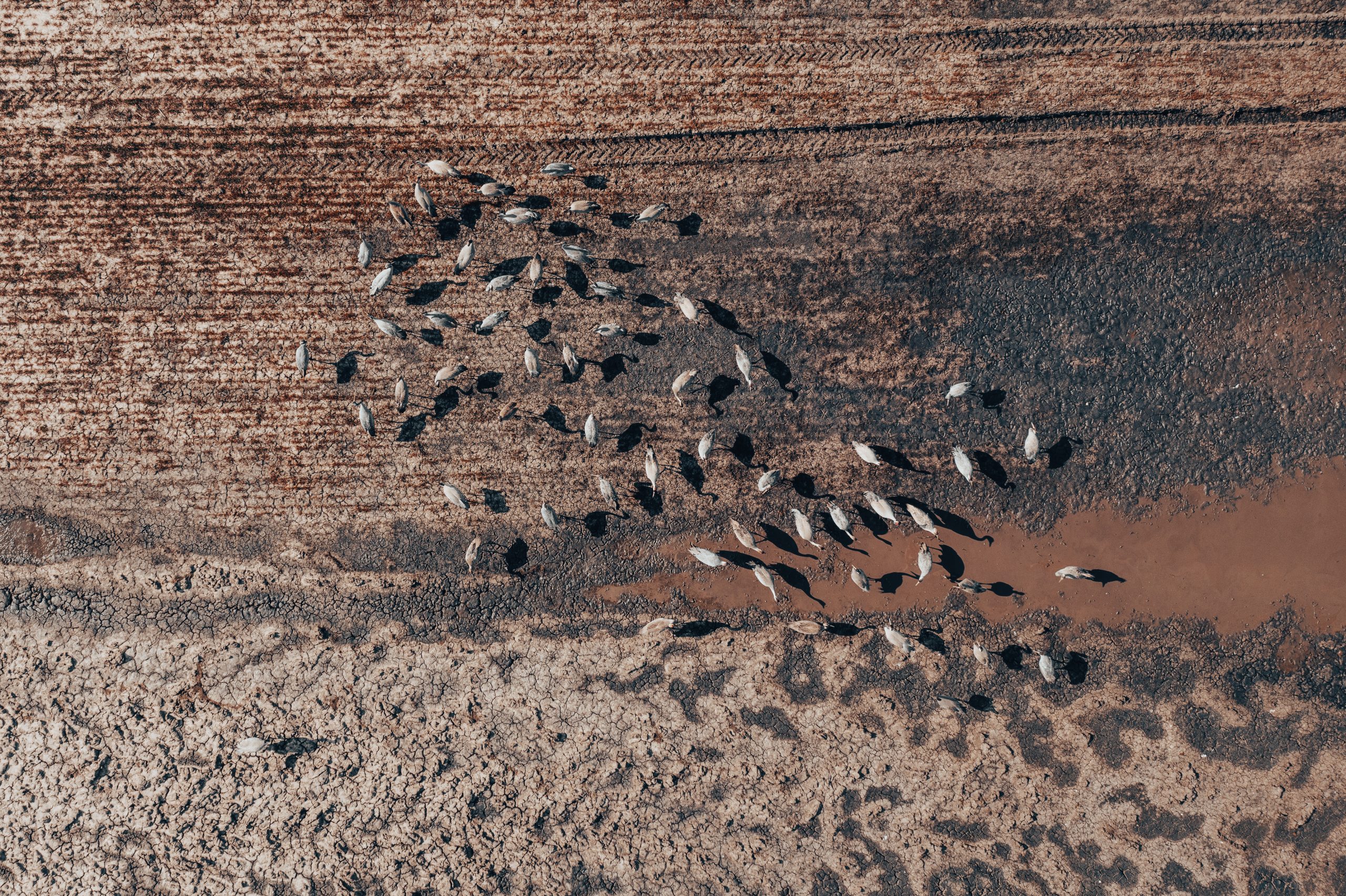Falling short: the International Community and their duty to protect migrants
Written by: Christopher Desira

In his first piece, Seraphus director Christopher Desira looked at the evolution of migration, and its ubiquitous nature across civilisation and history. He also considered the evolving rhetoric around migration, and the way in which migrants are often seen as a burden on the state. In this piece, Christopher delves further into the dynamic between migrants, states, and international law. He puts the spotlight on the international community, and their responsibility to account for the protections granted to all humankind. Christopher highlights why migrants in particular are at risk of falling through the cracks of the protections offered by the international community, and advocates for systemic change in order to address the needs of a group of people that is only growing.
International law and the community
It is reasonable to say that the international community has a shared responsibility to ensure rights for the migrant. International law should be considered alongside moral commandments and the conscience of mankind, as indispensable for the coexistence of humans in organised society. With this need in mind, it would therefore follow that the morals of international law should ensure the protection of all humankind, nationals and non-nationals, without discrimination.
If the international community is to be a true community, it would have to exist independently of the territorial boundaries of its members; as a community composed of individuals and social groups, not just territorial states; a community of individual human beings as well as sovereigns. To achieve true universality, principles for international law must lack territorial or national linkage and be free from hegemonic influence.
But we find that the international community excludes the migrant. The principle of state sovereignty still hinders the continued protection of the human rights of the individuals in question. The existence of territorial boundaries obliges national lawmakers to protect their citizens. Lawmakers also have established obligations to protect refugees under very specific definitions of the term. However, international lawmakers have no active obligations towards the migrant who has no association or links, and does not fit the definition of refugee. Therefore, mass migration presents a challenge to the domestic and international lawmakers of the international community.
Mass migration, protections, and the international community
The current estimates of forcibly displaced humans has surpassed 60 million, up from 24.4m twenty years ago. This figure increases if we include migrants due to starvation, water shortages, a lack of basic employment, welfare, and education, and climate change. Those obtaining protection under the 1951 Refugee Convention often obtain a legal right to remain, and with it access to education, work and travel. In the UK, it has become increasingly difficult to obtain refugee status due to increased hostility towards displaced people, reflected in process and domestic law for example the Illegal Migration Act 2023.
It is also difficult to assure these rights to other categories of migrants because they will not fit within the technical definition of a refugee. They are afforded only limited protection under human rights and humanitarian law, and rely heavily on ad hoc assistance from international organisations. The historic incorporation of territorial boundaries into the international community means these inhabitants of the globe remain without protection of the norms that should be available to refugees. And it is not just environmental or economic migrants of recent times that are affected, but also nomadic groups, traditional societies, travellers, and unregistered people of the street who remain unrecognised members of the international community.
Several of these migrant groups as well as refugees are at risk of human rights violations due to the urgent need of food, water, shelter and medical care. These groups are also at risk from enemies of humankind, such as traffickers, smugglers, sexual abusers and criminal gangs. States withhold protections and will also force humans to return to a life without dignity and potential, actions that appear to constitute a clear violation of the right to life and physical integrity, which leads onto violations of human rights norms.
In particular, it often leads to the violation of a special kind of human rights norms, ones which are so essential that they cannot be argued or contracted out, given the fundamental values they uphold. In legal terms, these norms are often described as ‘jus cogens’ or ‘peremptory norms’. They are the most intrinsic upholding of human values, and generally accepted to include prohibitions on crimes against humanity, genocide, apartheid, slavery, and torture. In my opinion, the right to move should also be considered a peremptory norm. Preserving these norms is one of the key responsibilities of the international community, however the international community has consistently neglected this responsibility when it comes to migrants and more recently refugees.
With globalisation, and with it the interconnection of humanity through technology, humankind has the ability to view the opportunities of dignity and potential in other countries. These so-called push factors include climate change, the desire for a better standard of living, opportunity, and a future, while the pull factors include the availability of food, water, and paid work. These factors have led to the record high numbers of migrants in the world today. In customary international law, there is a so-called minimum standard that applies to the protection and treatment of humans, but we find that the obligations a state has towards migrants within its territory are neither absolute nor qualified.
Conclusion
The International Organisation for Migration and the United Nations estimate that there are a billion migrants around the world, 740 million of who are migrant workers outside their own countries. The United Nations High Commissioner for Refugees estimates 43.7 million forcibly displaced people in the world.
Today more people are crossing nationalised borders than ever before. The United Nations Population Division estimates that there are now about 200 million international migrants each year.
The fabric of society has evolved in such a way that increased numbers of migration are inevitable. It is high time that the international community also evolved its approach. Regardless of the circumstances that motivate someone to leave their home, they are entitled to the same fundamental rights and protections as everyone else, and the international community has a responsibility to account for the protection of preemptory norms.
-

Migration: A Global and Historical View
Written by: Christopher Desira
In this piece, Seraphus director Christopher Desira takes a broad look at the concept of migration- how it relates to human nature, what drives it, and how it fits into an increasingly complex world. Christopher also highlights the problem with restrictive and reactionary policies that fail to prioritise humanity and safety above ideology. Overall, he […]Read article -

Migrants and the challenge to the State
Written by: Christopher Desira
In his previous articles, Seraphus director Christopher Desira has looked at the dynamic between the international community, migrants, and the shortcomings of the former in protecting the latter. In this article, Christopher turns his attention to the role of individual states, and how their existence under principles of Westphalian sovereignty leads to the antagonisation of […]Read article -

Protecting migrants through essential human rights: The argument from jus cogens
Written by: Christopher Desira
In his previous articles, Seraphus director Christopher Desira has looked at the concept of migration, the dynamic between migrants, the international community and the state, as well as the shortcomings of these entities in protecting the latter. In this article, Christopher presents the legal concept of ‘jus cogens’ and begins to explore how appealing to […]Read article
